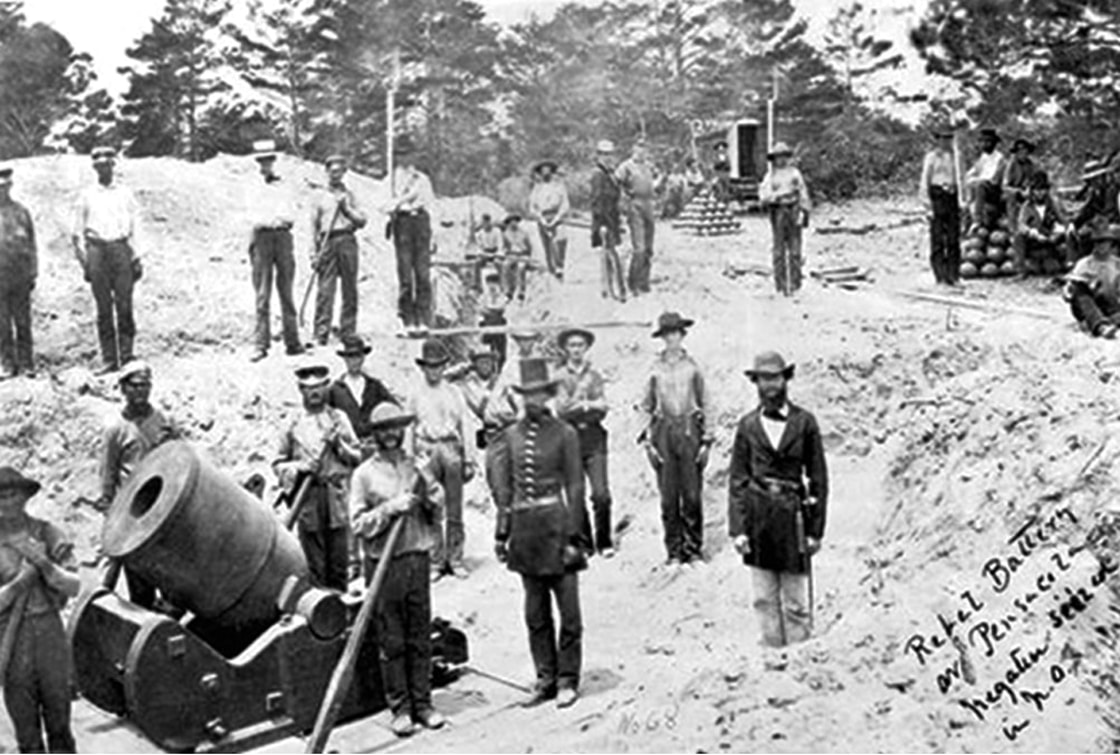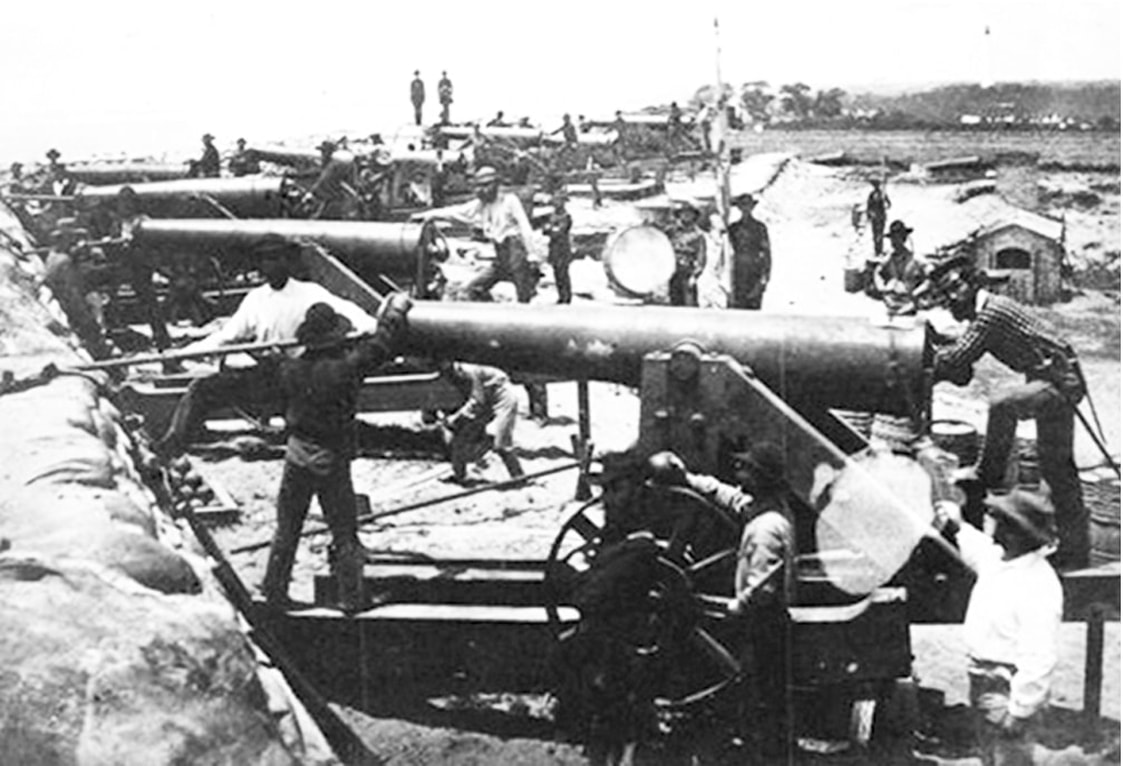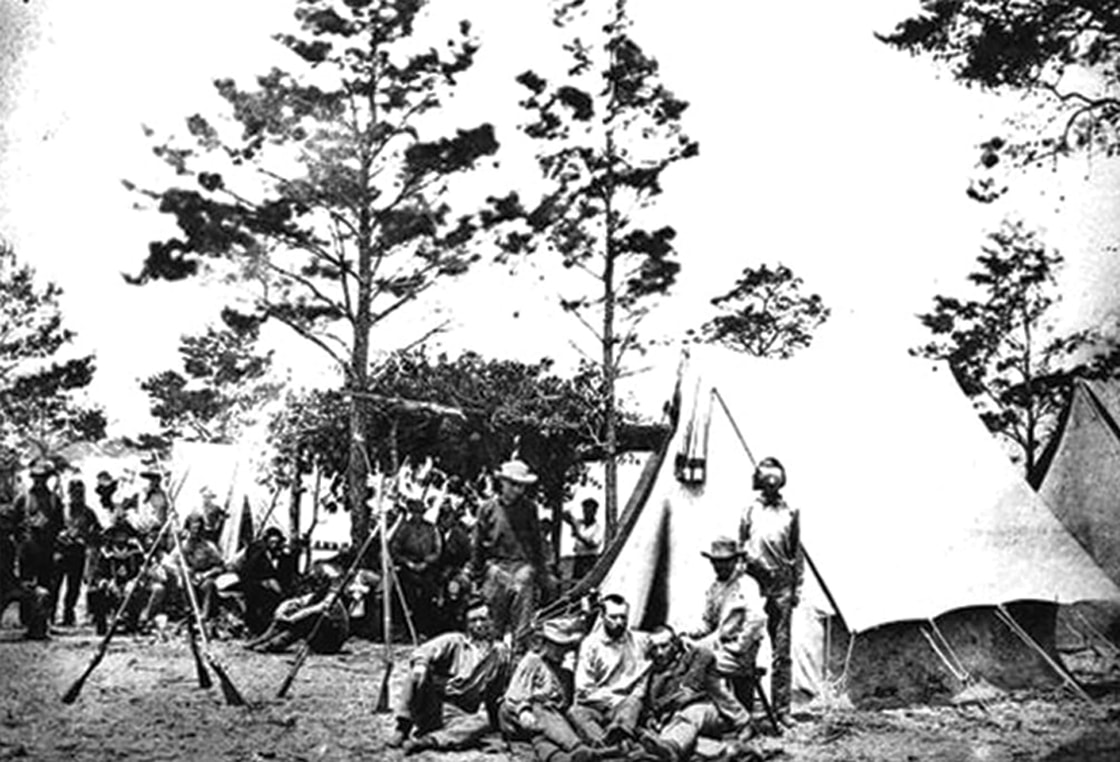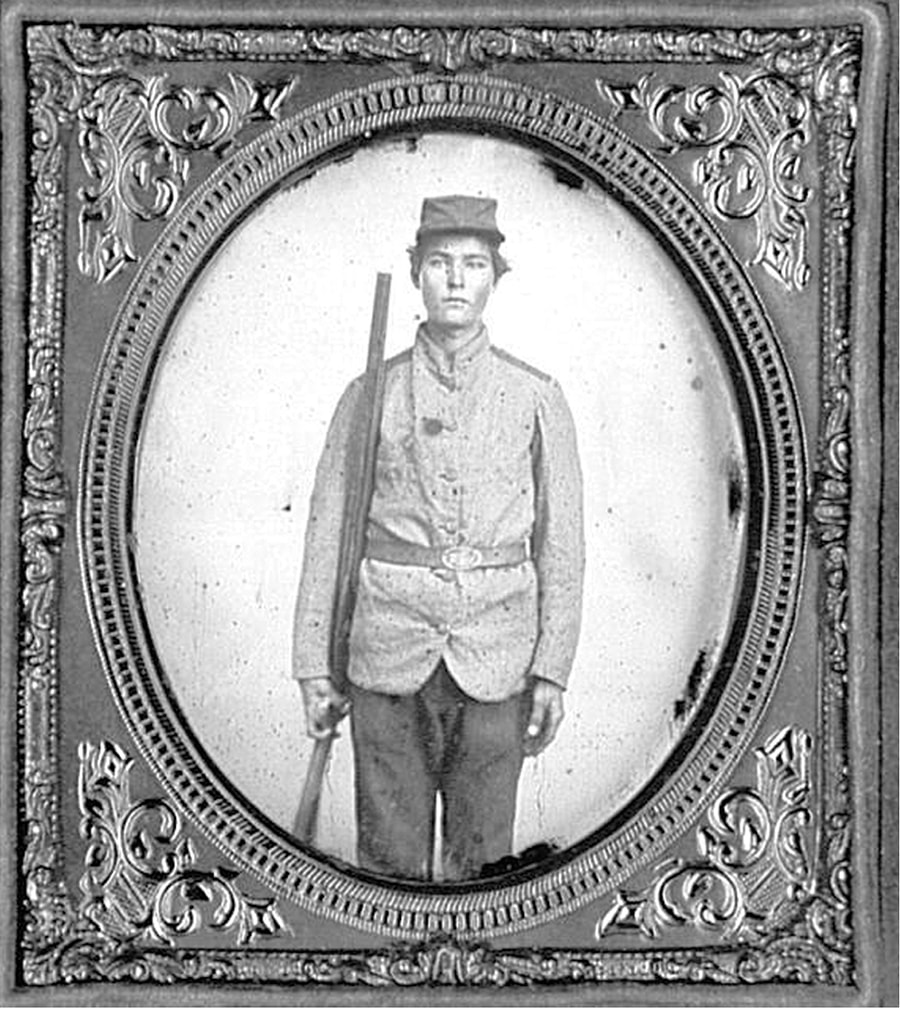|
January 10, 2011, marked the 150th anniversary of Florida’s secession from the United States. Florida followed South Carolina and Mississippi and was the third state to leave the Union. The Civil War began three months later when Southern forces fired on Union-held Fort Sumter in Charleston Harbor. The opening shots of the war were almost directed at Fort Pickens in Pensacola Harbor, but President Abraham Lincoln decided to resupply the South Carolina fort instead. Debate continues to this day regarding the causes of the Civil War. Economic, political, and social differences played a role, but without slavery, there likely would not have been a war. It is often, and truthfully, said that Florida’s economy was not nearly as dependent on slavery as its sisters immediately to the north. However, that statement can diminish the fact that some Floridians owned other Floridians at the most basic level. In 1860, the state’s total population numbered roughly 140,000 people (78,000 whites and 62,000 blacks, the vast majority of whom were enslaved). Of that number, only 5,152 were slave owners. Hillsborough County, with a total population of 2,981 people, had 125 slaveholders and 564 slaves. Those statistics tell only part of the story. It is best to let the people of the time explain their motivations. We are fortunate that Florida’s state archives hold a document that does just that. The unpublished “Declaration of Causes” was written by Florida’s secession convention members, including Hillsborough County representative James Gettis, following their January 10 vote. Within the document’s pages, seven reasons are given for the decision that had just been made. Four of those reasons were tied directly to slavery. Florida was the smallest state in the new Confederacy, and the Tampa Bay area was smaller by comparison. The state’s two largest cities, Pensacola, and Key West, each had a population of about 3,000 people. By contrast, Hillsborough County, which included today’s Pinellas County plus the western half of Polk County, had roughly the same number. Tampa was the second largest city in South Florida at this time, with a population of 885 people living within the boundaries of today’s downtown. Fort Brooke, located at the southern edge of Tampa, had been abandoned by the federal government in the late 1850s. Members of the local militia, led by Colonel William I. Turner, took command of the fort on January 14, 1861, one day after news reached Tampa that Florida was now an independent nation. News of secession and possession of the fort was openly greeted with cheers by the local townspeople. Those who disagreed with the circumstances remained silent. Those cheers grew more distant as the war went on. When the fort and city were captured in May 1864, most of Tampa’s residents were war-weary and ready for the conflict to end. It did in April of the following year, but the road to recovery would be long. CIGAR CITY MAGAZINE- MARCH/APRIL 20011 Art & Photography Contributors: Hillsborough County Public Library, Tampa Bay History Center, The Florida State Archives, The Tampa Tribune/Tampa Bay Times, University of South Florida Department of Special Collections, Ybor City Museum Society, private collections and/or writer. RODNEY KITE-POWELLRodney Kite-Powell is the Saunders Foundation Curator of History at the Tampa Bay History Center, where he joined the staff in 1994. He received a BA in History from the University of Florida and an MA in History from the University of South Florida. FOLLOW CIGAR CITY MAGAZINE
0 Comments
Your comment will be posted after it is approved.
Leave a Reply. |
Archives
June 2013
Categories
All
|
Cigar City is a Florida trademark and cannot be used without the written permission of its owner. Please contact [email protected]
© 2021 Cigar City Magazine. ALL RIGHTS RESERVED.
© 2021 Cigar City Magazine. ALL RIGHTS RESERVED.






 RSS Feed
RSS Feed